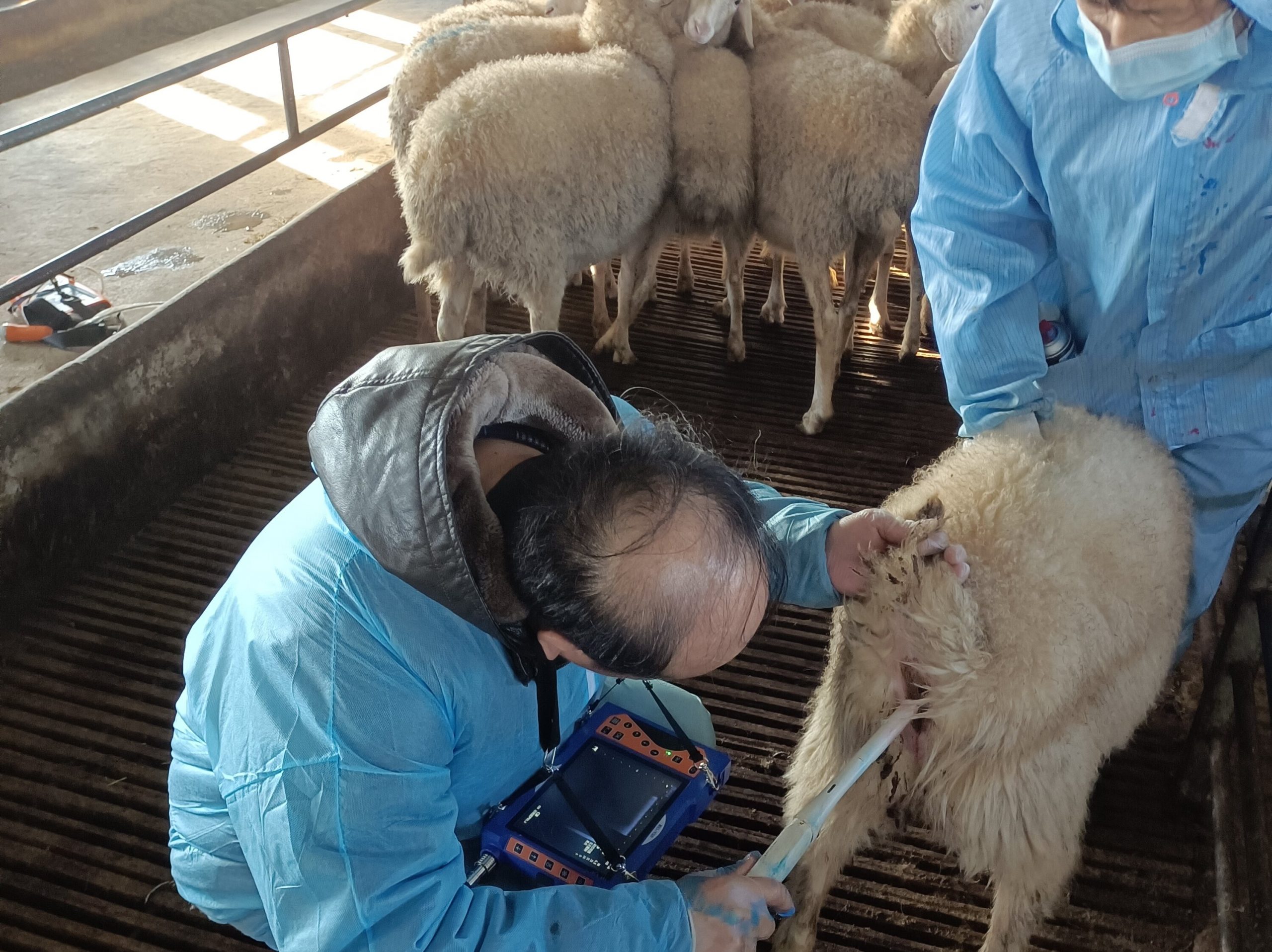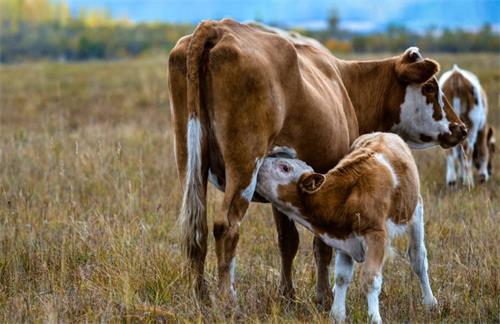The number of ovulations (2-6) of Boer goats in an estrus cycle is between singletons and multiple births, and it is a good model animal for studying the mechanism of follicular development. The number of mature follicles can be observed on B-ultrasound for sheep. Most studies have confirmed that oogenesis and follicular development are jointly regulated by genes, hormones and cytokines, which ultimately determine the number and quality of eggs released. Therefore, an in-depth discussion of the differences in the effects of genes, hormones and cytokines at different stages of follicular development in Boer goats will help to further understand the rules and influencing factors of follicular development, and provide a basis for the efficient application of new reproduction techniques such as estrus and superovulation in the same period. It is of great significance to improve the ovulation rate and litter size of animals, and to give full play to the production potential of female animals. Of course, in new breeding techniques such as estrus and superovulation at the same time, tools such as B-ultrasound for sheep are indispensable.

Compared with singleton and multipleton animals, there are a large number of oocytes in the original follicle bank. In each estrus cycle, the number of mature eggs that can be discharged by follicles through the process of initiation of growth, recruitment, selection and dominance is very different. For example, under natural conditions, singleton animals such as humans, cows, and horses generally have only 1.2 mature eggs released during one ovulation cycle, while multiple births such as pigs, rats, and rabbits can release 10-20 eggs during one ovulation cycle. Mature eggs.








